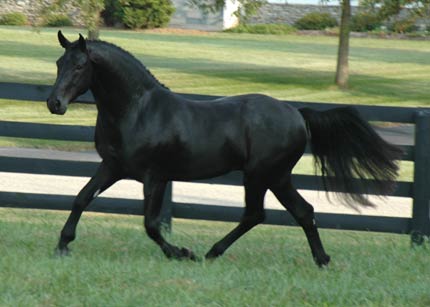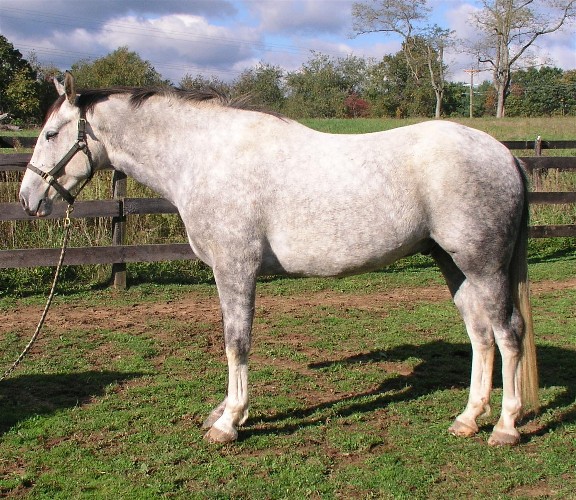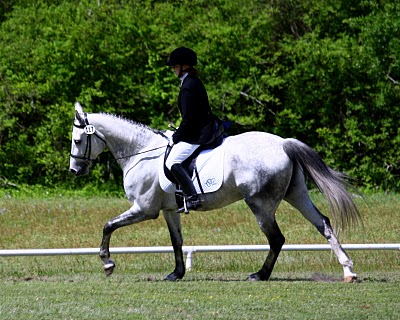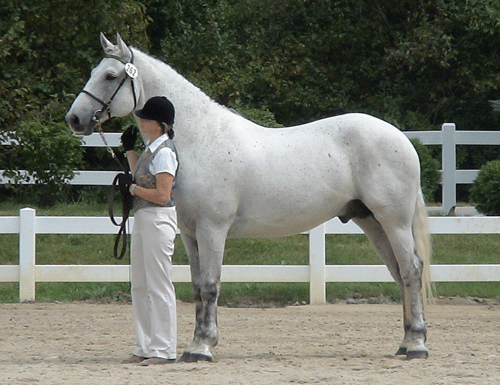



|
Irish Draught Qualities
The Irish Draughts come from Ireland and are well known and loved in their communities. They can be found in Ireland, Scotland, England, France, and Wales. They are utilized as riding horses, for harness work, and in competitions. They are considered powerful, proud, and robust creatures. Laborers would use them over and over again to get back and fourth from working and also for carrying heavy loads, a trend that's continued up to today.
Irish Draught Temperament
Irish Draught horses are known to think things through. Not many animals think of their actions prior to doing them, but this breed certainly does. They are extremely sensible, sweet natured, and can be trained with ease. They do well with little ones and can be very useful when working long days with their owners.
Irish Draught Appearance
The Irish Draught horse stands at around seventeen hands at full grown size. They are bred in all sorts of colors with no single variation standing out more than the others. They bode a sloping croup, set-in neck, flat bones, and a very strong back. Their withers are well defined, legs are clean, and they do not have any boxiness with open heels.
Irish Draught Upkeep
Taking care and raising an Irish Draught is not complex. They are kind, yet still adventurous. They can climb well, they can walk for miles without stopping, they can carry large loads, and they have no issues listening to their owners. This breed can also be around little ones with ease when used for riding. Additionally, the Irish Draught styles can require a slight bit of extra training should they be opted for use as competitive horses sometime down the line.
Irish Draught History
The Irish Draught breed makes its way all the way from Ireland, which is no surprise consdiering the name. They have been a product of the Flanders horse breed, which was a result of the Anglo-Norman invasion time period. They went to be bred with the likes of Clydesdales, Spanish influences and Connemara breeds to add stamina, and as to correct certain defects they contained. They were a utility horse, one that could ride and hunt, one that could pull and carry loads and work for their owners on farms with ease. They were an attractive breed that evolved into a sporting style with very little effort. They have severely reduced in numbers as far as breeding goes, unfortunately experts have reasoned that this breed does not continue to be growing in numbers for the Thoroughbred lines that have been added to it. Some feel adding that influence has made them over sporty and that they are solely useful for competitions alone.
|